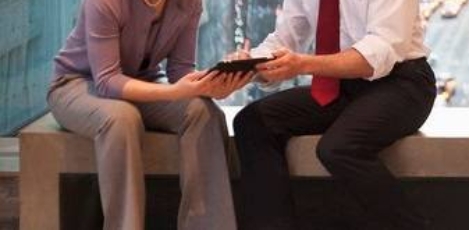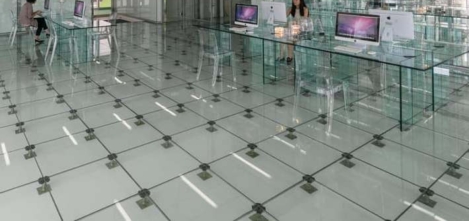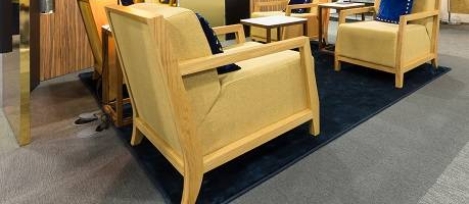July 5, 2016
Employers need more help in navigating the Apprenticeship Levy 0
 According to the latest governmental statistics, apprenticeships reached a record high in 2014/15 with over 871,000 apprenticeship participants within the UK. The majority of these were in the service sector, and almost three quarters were concentrated in three sectors: Business, Administration and Law; Retail and Commerce Enterprise and Public Services and Care. Last year the government announced its plans to introduce a new UK-wide levy on large employers in a bid to fund apprenticeships and to create 3 million more apprentices by 2020. Due for implementation in April 2017, this levy promises to have a significant impact on the existing apprenticeship landscape. As the implementation of the apprenticeship levy draws nearer, it is rising to the top of companies’ HR and Finance agendas, as businesses attempt to work out how to reap a return on investment, with the Confederation of British Industry (CBI) calling for the Government to put off its introduction.
According to the latest governmental statistics, apprenticeships reached a record high in 2014/15 with over 871,000 apprenticeship participants within the UK. The majority of these were in the service sector, and almost three quarters were concentrated in three sectors: Business, Administration and Law; Retail and Commerce Enterprise and Public Services and Care. Last year the government announced its plans to introduce a new UK-wide levy on large employers in a bid to fund apprenticeships and to create 3 million more apprentices by 2020. Due for implementation in April 2017, this levy promises to have a significant impact on the existing apprenticeship landscape. As the implementation of the apprenticeship levy draws nearer, it is rising to the top of companies’ HR and Finance agendas, as businesses attempt to work out how to reap a return on investment, with the Confederation of British Industry (CBI) calling for the Government to put off its introduction.



































July 5, 2016
LBGT inclusion in the workplace relies on FM and HR best practice 0
by Peter Holmes • Comment, Facilities management, Wellbeing, Workplace, Workplace design
More →